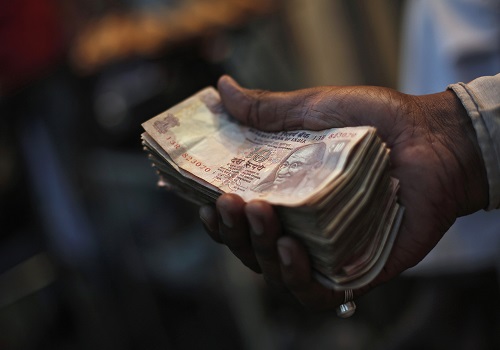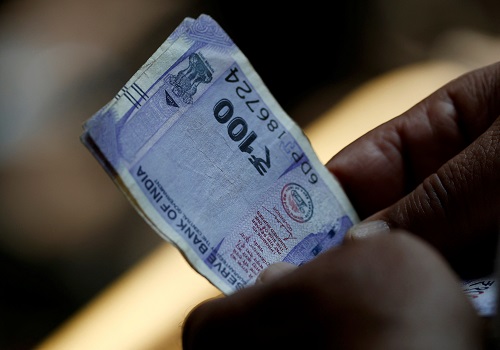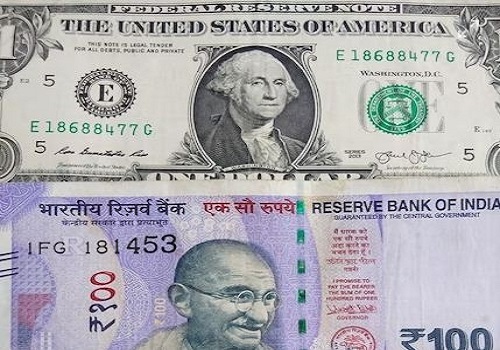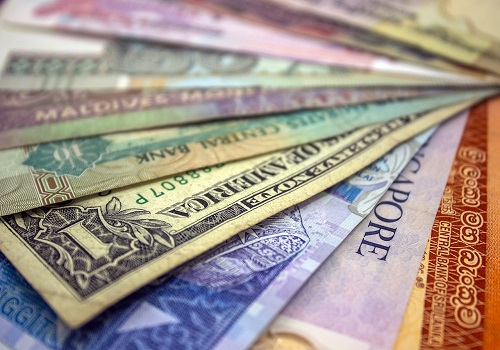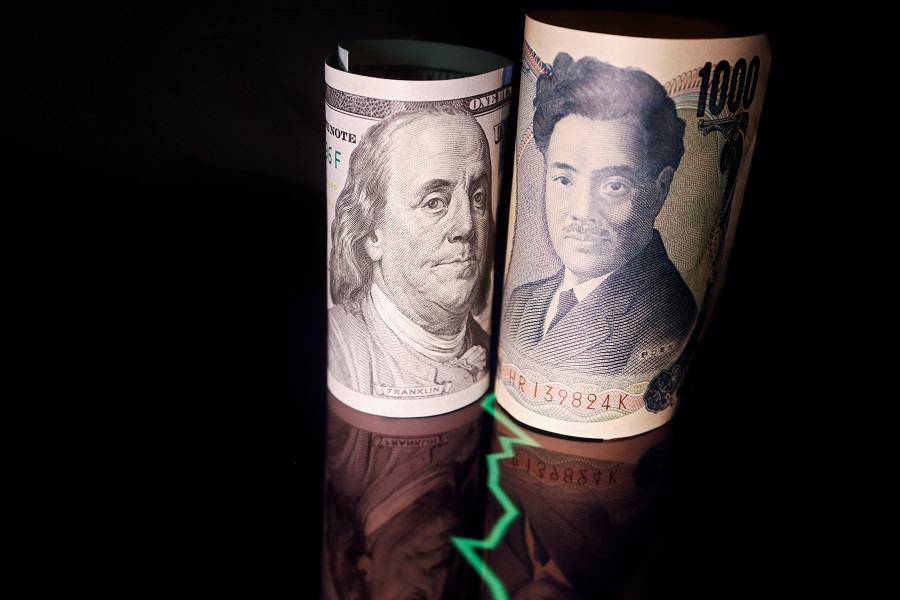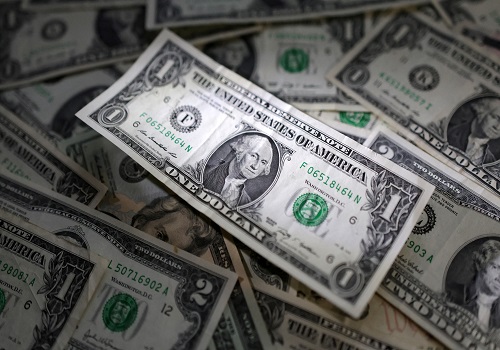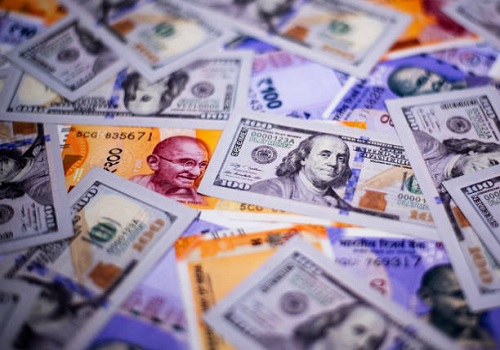Rupee hits all-time low as dollar extends climb, RBI likely steps in

The Indian rupee weakened to its record low on Friday, hurt by persistent dollar strength after strong U.S. economic data reinforced the Federal Reserve's hawkish tilt while likely intervention by the Reserve Bank of India capped the currency's losses.
The rupee declined to 85.10 against the U.S. dollar in early trading, inching past its previous record low of 85.0850 hit on Thursday. The local unit was last quoted at 85.0975 as of 10:00 a.m. IST.
State-run banks were spotted offering dollars, most likely on behalf of the RBI, traders said.
The rupee has stayed under pressure amid multiple headwinds, including India's economic growth slowing to a seven-quarter low, a widened merchandise trade deficit and a hawkish turn in the Fed's policy rate forecasts.
"Higher trade deficit along with slow growth figures puts rupee on test with outflows from domestic equity markets. For USD/INR, positionally 84.70 now acts as a good base while the door remains open for 85.50 levels," said Kunal Sodhani, vice president at Shinhan Bank India.
The dollar index was at 108.4, hovering close to an over two-year peak after data showed the U.S. economy grew more than expected in the July-October quarter while weekly jobless claims fell more than anticipated.
The data came a day after the Fed signalled fewer rate cuts in 2025 amid sticky inflation. Meanwhile, foreign investors net sold nearly $500 million of local stocks on Thursday.
Despite the multiple pressure points, routine interventions by the RBI have kept the rupee's volatility low relative to its Asian peers.
Investors now await U.S. core personal consumption expenditure (PCE) inflation data, the Fed's preferred inflation gauge, due later on Friday.
Economists polled by Reuters expected the core PCE inflation to have ticked up 0.3% month-on-month in November, up from 0.2% in the previous month.
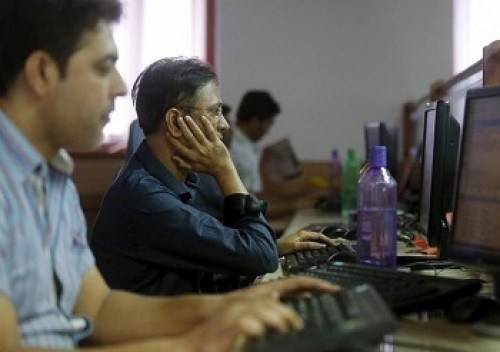




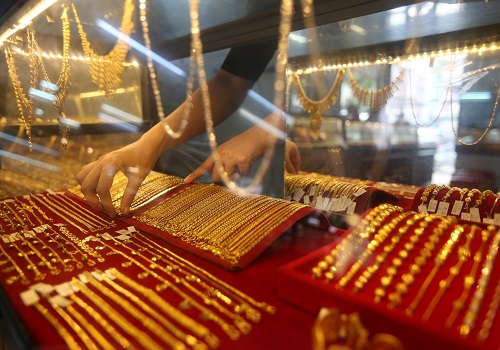

.jpg)










